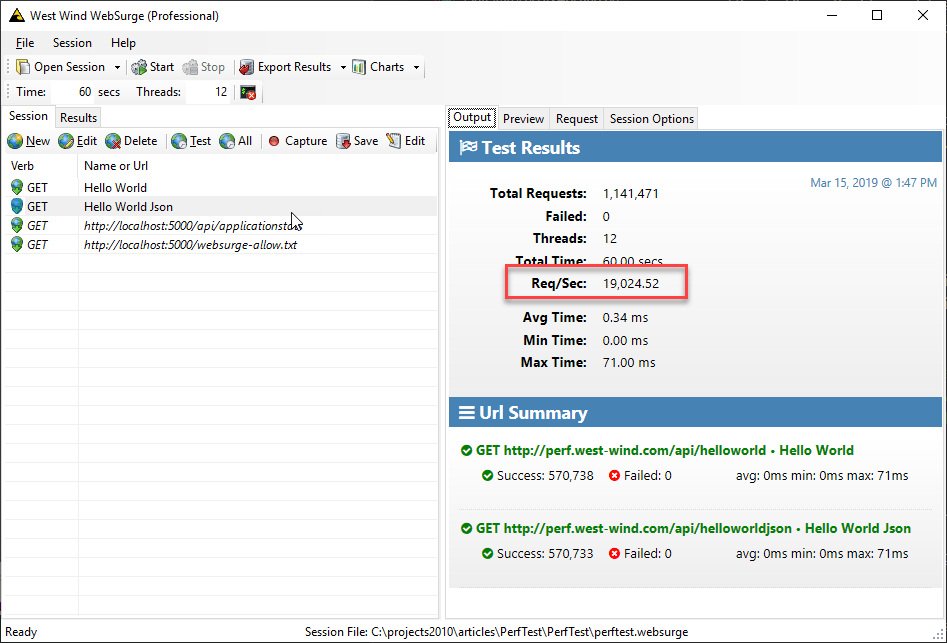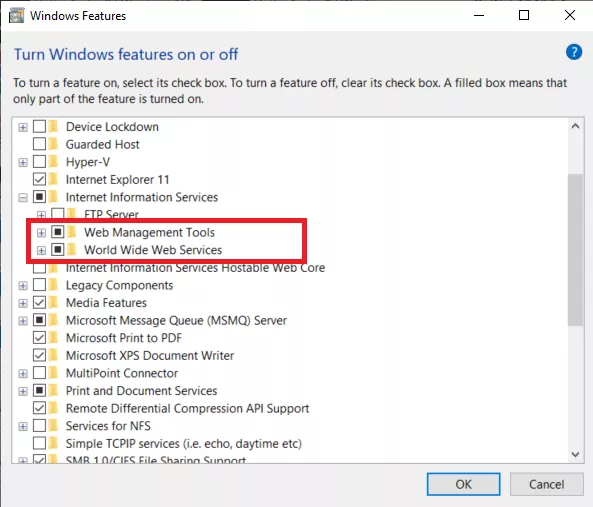

Provide a new Custom profile name for your website and click on OK. So now select the last option from this window, that is Custom and click on "Next". We'll use this option when we need to define all the server publish settings manually, like Server Name, website name, location and more. Since we already have a web app on Windows, download the publish settings file and import that file into this window and just publish it so there is no need to define anything more, just click on publish after selecting that file and use it from anywhere.

We can use this option if we have directly a “.publishsettings” extension file with all the settings to define the server IP address and all the required settings for a web site. We'll see this option in the next article how to publish on Windows Azure. We can use this option if we want to publish my website directly to a Microsoft Windows Azure Cloud Server as a Web App.

In the new window there will be three options to publish a website. Now open Solution Explorer and right-click on the project file and click on Publish. If it is not running in Administrator mode then restart your Visual Studio to “Run as Administrator” and open your existing website. So now if you want to publish your web site to IIS (Localhost) then check your Visual Studio to ensure it is running in Administrator mode because we can use IIS only in Administrator mode. If you want to see that then you may open the IISExpress Taskbar. That is, it allows you to run each website on a unique port number. The URL is It can be anything because it's running by IISExpress.

We have an ASP.NET MVC 5.0 application in Visual Studio 2015 so open the web site solution and see, we already have a controller and view that is already running but not on IIS, running on IISExpress.Īnd this is the view output in the browser. Links:Īrticle Part 1: Getting Started With ASP.Net MVCĪrticle Part 2: First ASP.Net MVC 5.0 Application So let's see first how to create a web site on Visual Studio 2015 with ASP.Net MVC 5.0 so read my previous articles to learn more about ASP.Net MVC Framework. I am back with my next article where we'll learn how to host an ASP.Net MVC 5.0 application to Localhost or IIS.


 0 kommentar(er)
0 kommentar(er)
